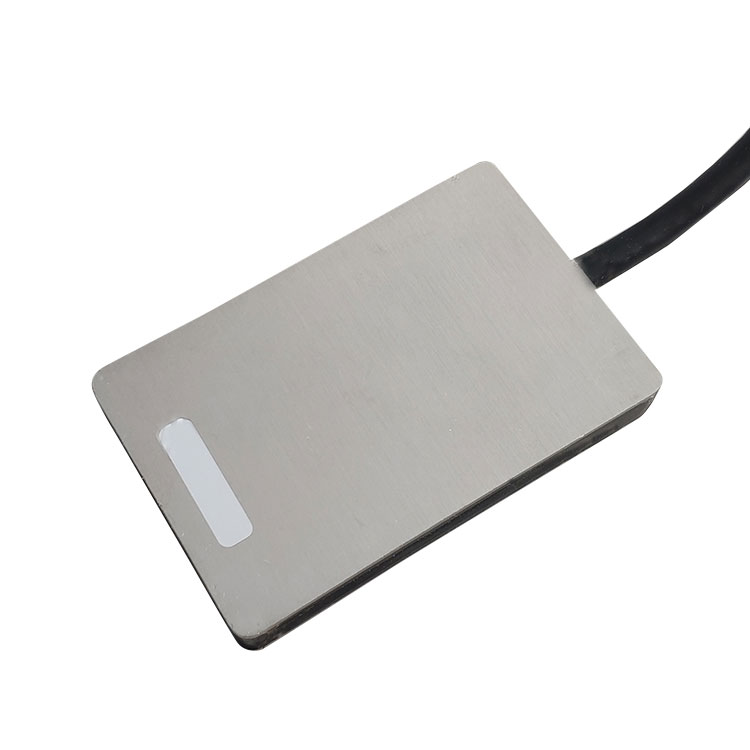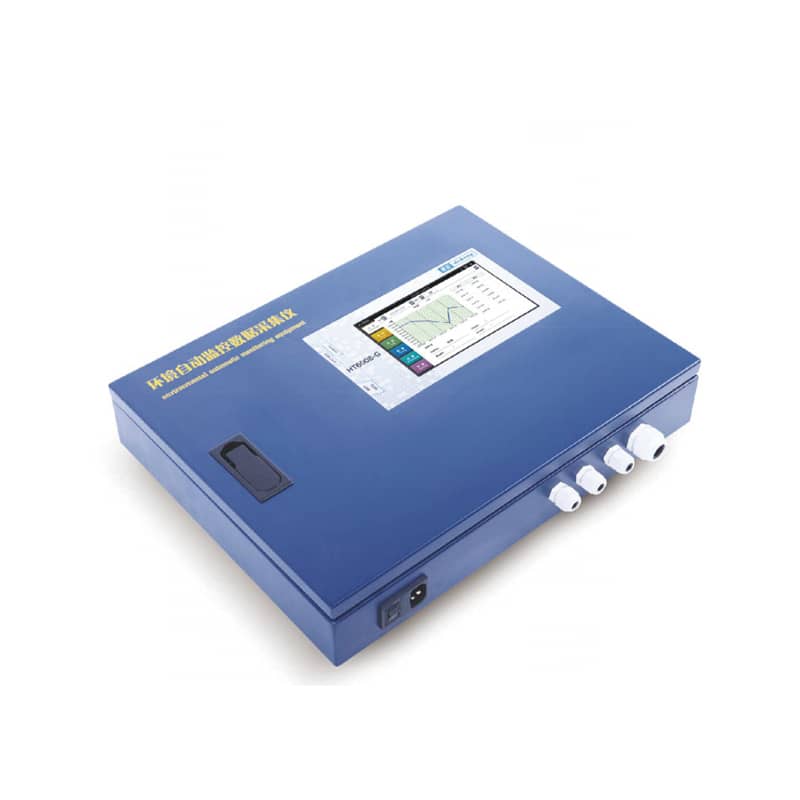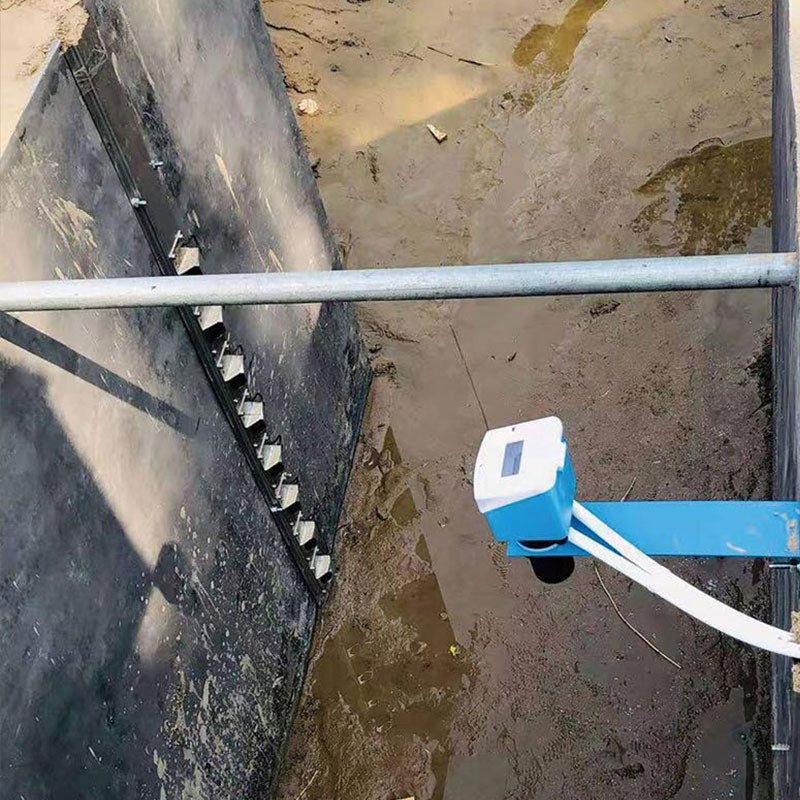In sewage treatment, COD (Chemical Oxygen Demand) is a crucial indicator for measuring the content of organic matter in water, and its value directly reflects the pollution degree and treatment difficulty of sewage. Nowadays, sewage treatment plants use water quality sensors to monitor the COD content.
This helps to determine the initial pollution condition of the sewage, thus providing a basis for the selection and parameter setting of subsequent treatment processes. For example, sewage with a high COD value may require more stringent pretreatment first, such as enhanced grid filtration and sedimentation, to prevent impact on subsequent treatment units. Based on the influent COD data, the sewage flow rate and pollutant load can also be calculated to rationally arrange the operation of treatment equipment and optimize the treatment efficiency.
By monitoring the change in COD value, the decomposition effect of microorganisms on organic matter can be judged. If the COD decreases abnormally, it may indicate that the growth environment of microorganisms is not favorable, such as problems with dissolved oxygen, temperature, or nutrients, so that timely adjustments can be made. During chemical treatment, comparing the COD values before and after dosing can determine the optimal dosage and reaction time of the reagent, avoiding reagent waste and insufficient treatment.
Once the effluent COD value exceeds the standard, an alarm will be triggered immediately, causing the sewage to be returned for re-treatment to prevent the receiving water body from being polluted.
This sensor has the advantages of real-time continuous monitoring and a high degree of automation. It can be integrated with the automatic control system of the treatment plant and automatically adjust the treatment process according to the data, reducing manual intervention, improving treatment efficiency and reliability, and also saving costs caused by over- or under-treatment. However, it also has the problem of being interfered by substances such as chloride ions, and requires regular calibration and maintenance to ensure the cleanliness of the probe and the accuracy of measurement, so as to ensure its stable and reliable operation and continuously contribute to sewage treatment work.

This paper addresses:https://fengtusz.com/industry/604.html









